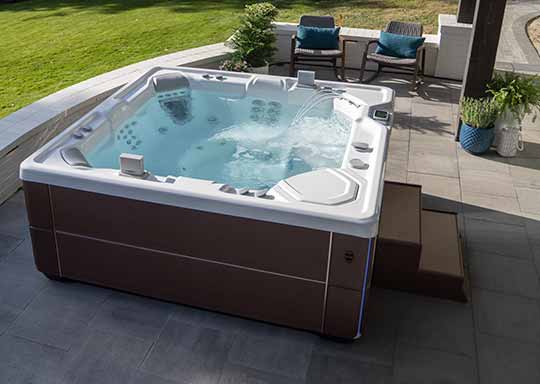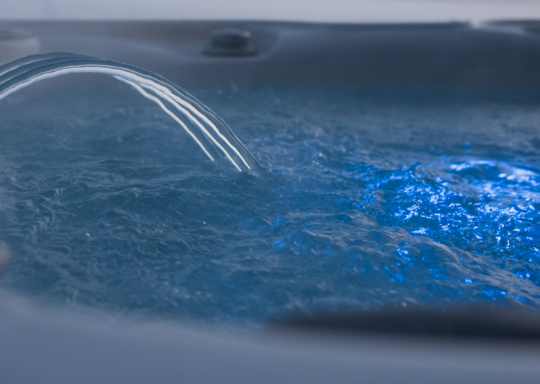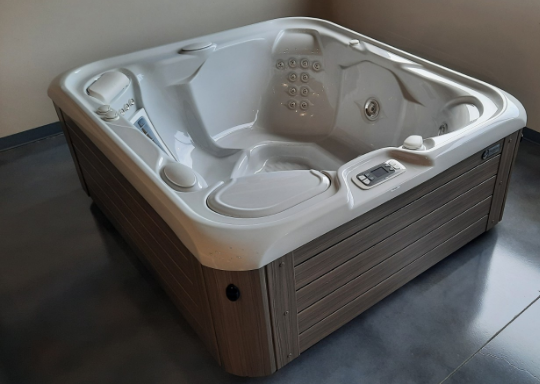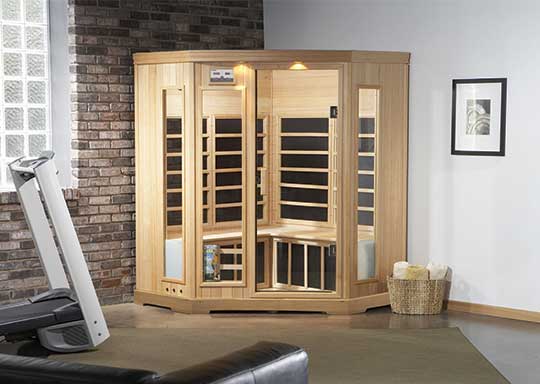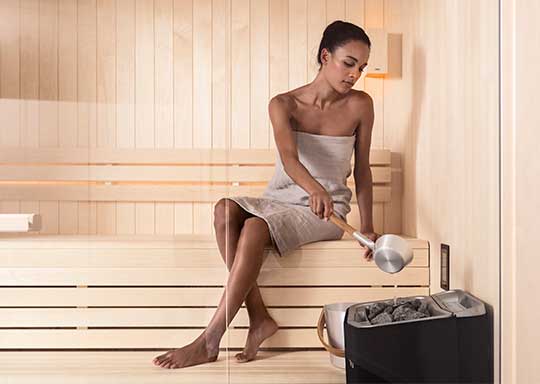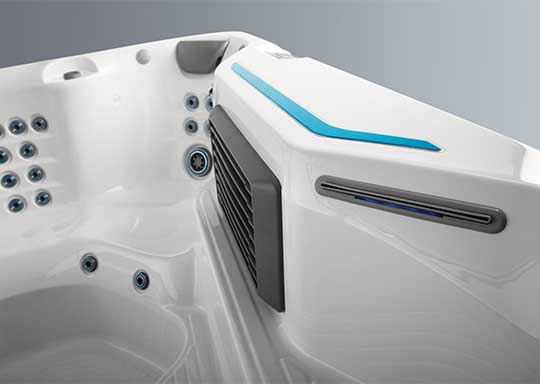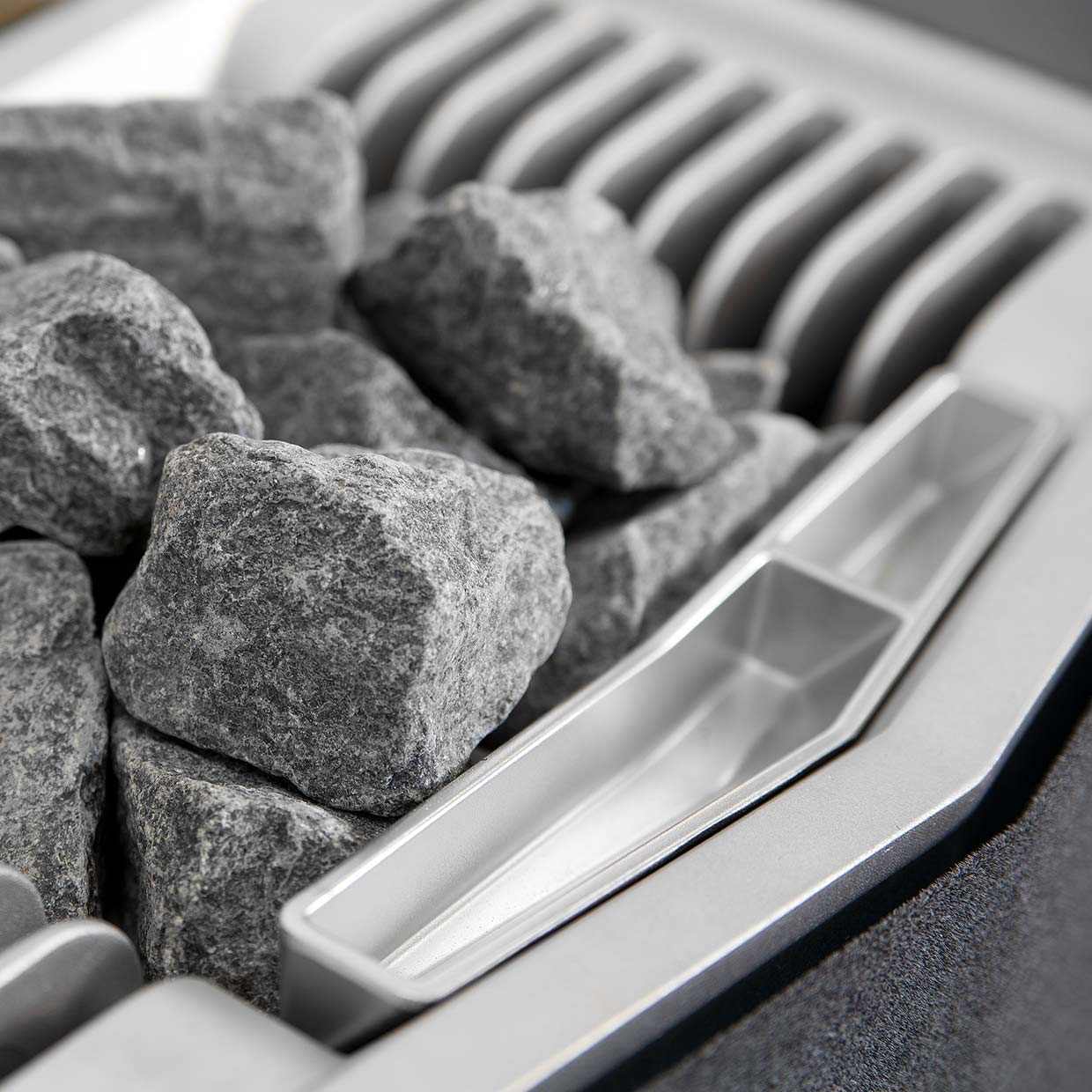
Which One is Right for You?
The allure of sauna therapy has never been stronger. With its potential to alleviate stress, detoxify the body, and soothe sore muscles, it’s no wonder people are flocking to these heated havens. But with two primary types – infrared and traditional – choosing the perfect sauna can be overwhelming. Let’s delve deeper into the differences between these two heat therapies to help you make an informed decision.
The Basics
Traditional saunas, also referred to as Finnish saunas, heat the air in the sauna to high temperatures, typically between 150°F and 200°F (66°C and 93°C). This dry heat environment creates a classic sauna experience, where the body acclimatizes to the warmth through sweating.
Unlike traditional saunas, infrared saunas use infrared heaters to directly warm your body. This method results in lower overall temperatures, usually between 120°F and 150°F (49°C and 66°C), while providing a deeper penetration of heat.
Comparing Health Benefits
Both infrared and traditional saunas offer a range of health benefits, though there are some key distinctions. Take a look.
Detoxification: Both traditional and infrared saunas induce sweating, a natural process that helps eliminate toxins from the body. However, proponents of infrared saunas often claim that their deeper heat penetration can enhance detoxification by allowing for a more profound sweat.
Pain Relief: Both traditional and infrared saunas can provide relief from muscle soreness and joint pain. The warmth helps to relax tense muscles, improve blood flow, and reduce inflammation. Some individuals find the gentler heat of infrared saunas to be particularly beneficial for chronic pain conditions.
Stress Reduction: The combination of heat, relaxation, and solitude offered by both sauna types can significantly reduce stress levels. Studies have shown that sauna use can lower cortisol, the stress hormone, promoting a sense of calm and well-being.
Improved Circulation: Both traditional and infrared sauna types can enhance blood circulation, delivering vital oxygen and nutrients to tissues throughout the body. This improved blood flow can contribute to overall health and vitality.
Heart Health: Regular sauna use has been linked to reduced risk of cardiovascular disease. While both types offer potential heart benefits, some studies suggest that regular sauna sessions may be particularly beneficial for individuals with high blood pressure.
Skin Health: The heat from both traditional and infrared saunas can help to open pores, allowing for a deep cleanse and potentially improving skin complexion. However, it’s essential to hydrate adequately before, during, and after sauna sessions to prevent dehydration and maintain skin health.

Comfort and Experience: Which Sauna Suits You Best?
The choice between an infrared and traditional sauna often comes down to personal preference and individual needs.
- Temperature Tolerance: If you prefer a milder heat experience, an infrared sauna might be the ideal choice. Traditional saunas, with their higher temperatures, can be overwhelming for some individuals.
- Session Length: Infrared sauna sessions are typically shorter, ranging from 20 to 30 minutes. Traditional sauna sessions often last longer, allowing for a more extended relaxation period.
- Cost: Infrared saunas tend to have a higher initial cost but often lower operating expenses compared to traditional saunas.
- Space Requirements: Infrared saunas generally require less space than traditional saunas, making them a suitable option for smaller homes or apartments.
Making Your Decision
Choosing between an infrared and traditional sauna involves considering your personal preferences, health goals, and budget. Many people find that incorporating both types of saunas into their wellness routine offers a well-rounded approach to relaxation and health benefits.
Remember to stay hydrated before, during, and after your sauna session. It’s also advisable to consult with your healthcare provider before starting any new wellness regimen.



